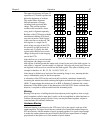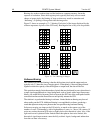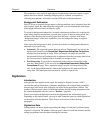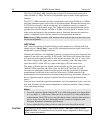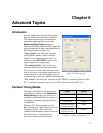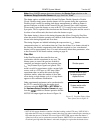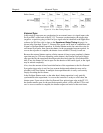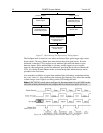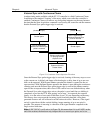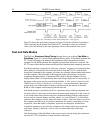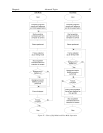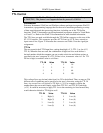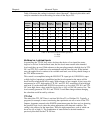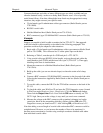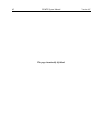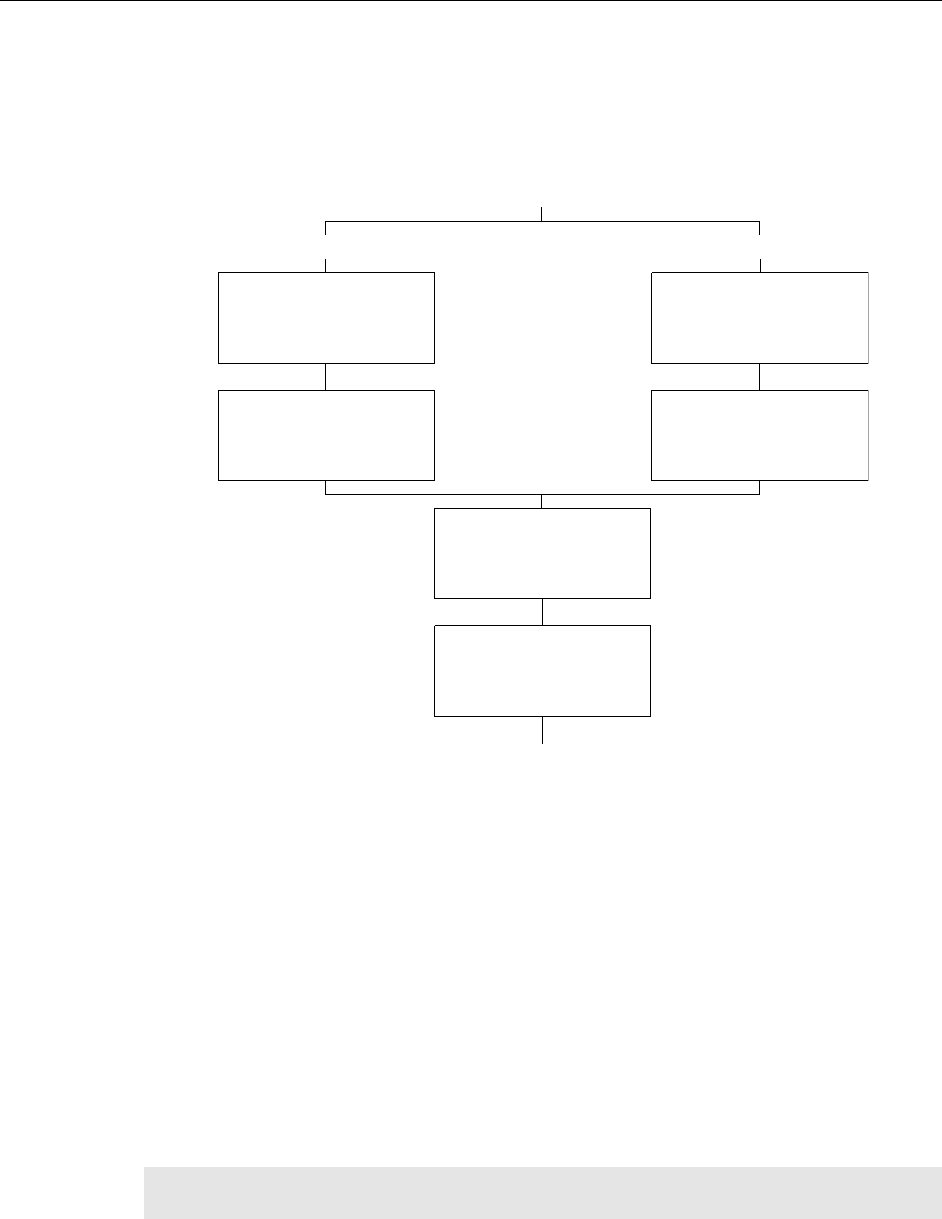
Chapter 6 Advanced Topics 55
External Sync with Continuous Cleans
Another timing mode available with the ST-133 controller is called Continuous Cleans.
In addition to the standard "cleaning" of the array, which occurs after the controller is
enabled, Continuous Cleans will remove any charge that integrates on the array between
the time that the Start Acquisition command is received by the controller and the moment
that the External Sync pulse trigger edge is received.
Shutter opens
Shutter remains open
for preprogrammed
exposure time
System waits while
shutter closes
Shutter opens
CCD is continuously
cleaned until External Sync
pulse is received
(shutter preopen) (shutter normal)
CCD is continuously
cleaned until External Sync
pulse is received
Figure 19. Continuous Cleans Operation Flowchart
Once the External Sync pulse trigger edge is received, cleaning of the array stops as soon
as the current row is shifted, and frame collection begins: a delay time of up to one row
shift can be expected. With Normal Shutter operation the shutter is opened for the set
exposure time. With PreOpen Shutter operation the shutter is open during the continuous
cleaning, and once the External Sync pulse trigger edge is received the shutter remains
open for the set exposure time, then closes. If the vertical rows are shifted midway when
the External Sync pulse trigger edge arrives, the pulse is saved until the row shifting is
completed, to prevent the CCD from getting “out of step.” As expected, the response
latency is on the order of one vertical shift time, from 1-30 sec depending on the array.
This latency does not prevent the incoming signal from being detected, since photo
generated electrons are still collected over the entire active area. However, if the signal
arrival is coincident with the vertical shifting, image smearing of up to one pixel is
possible. The amount of smearing is a function of the signal duration compared to the
single vertical shift time.
Note: If EXT SYNC is still active (in Figure 20, this means that if it is still LOW) at the
end of the readout, the hardware may interpret this as a second sync pulse, and so on.



